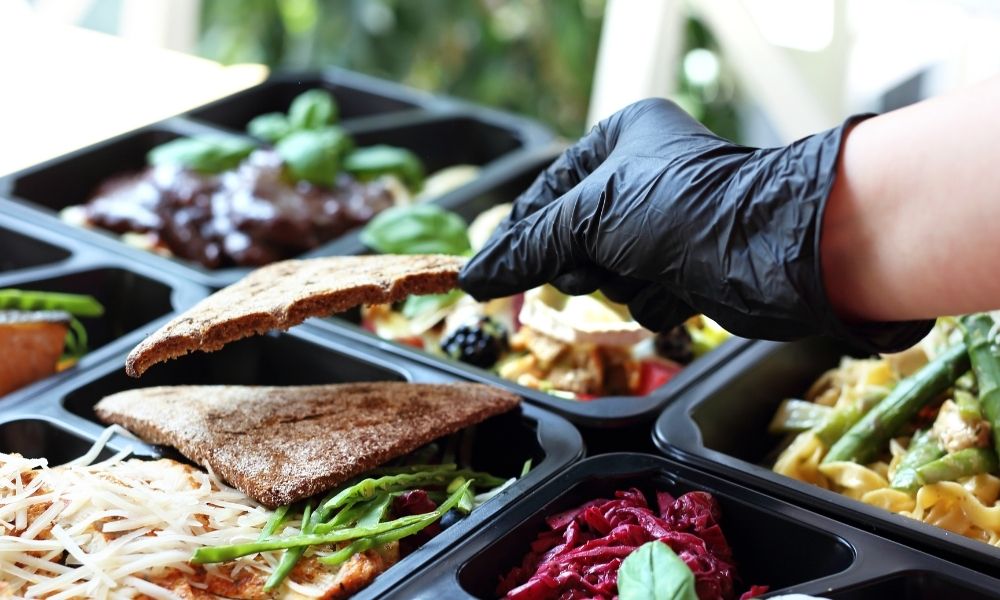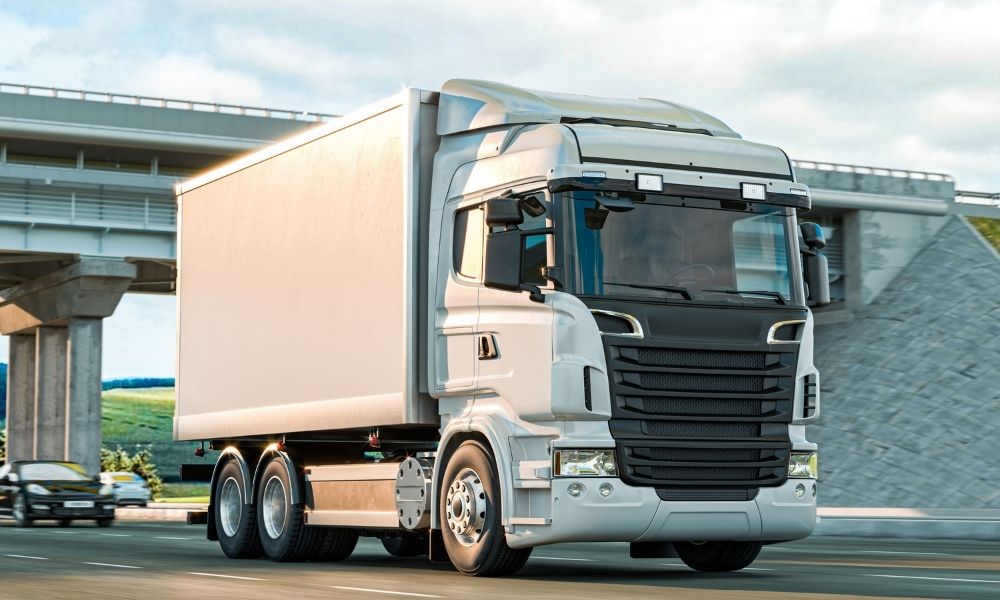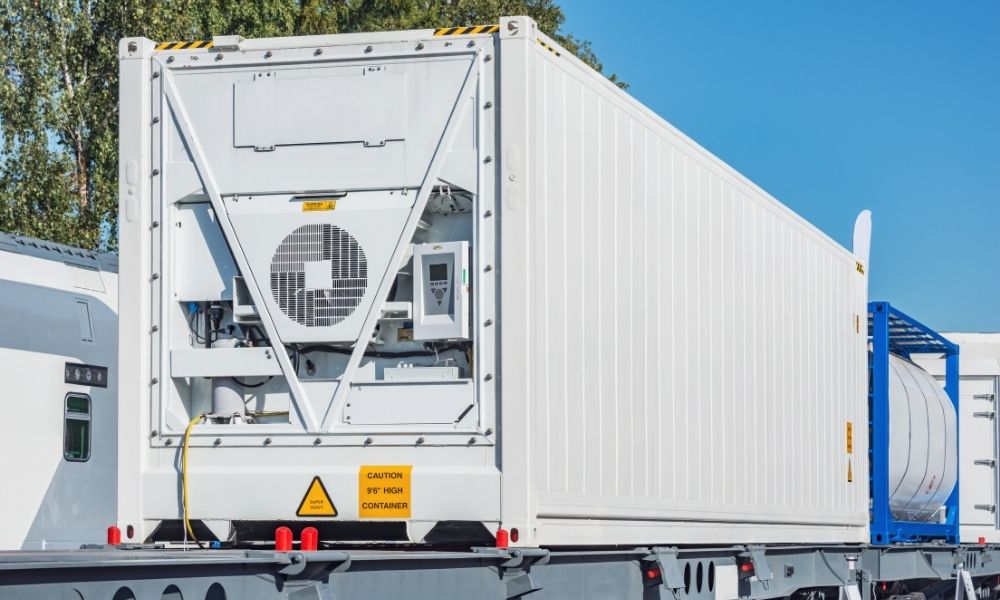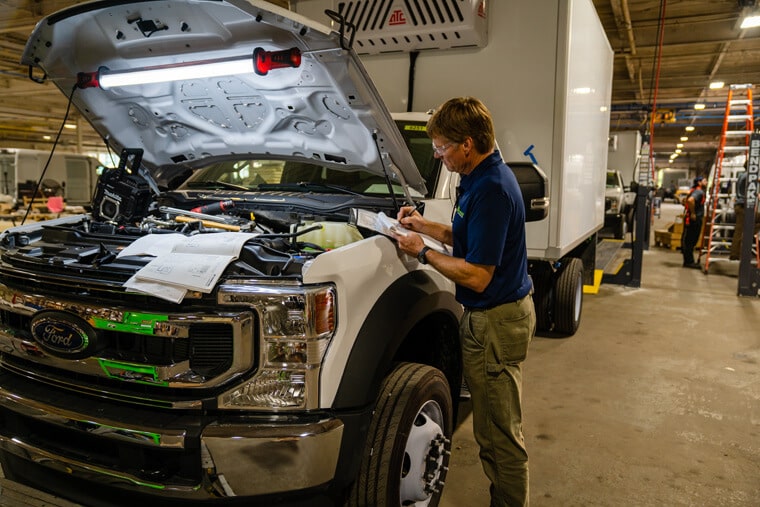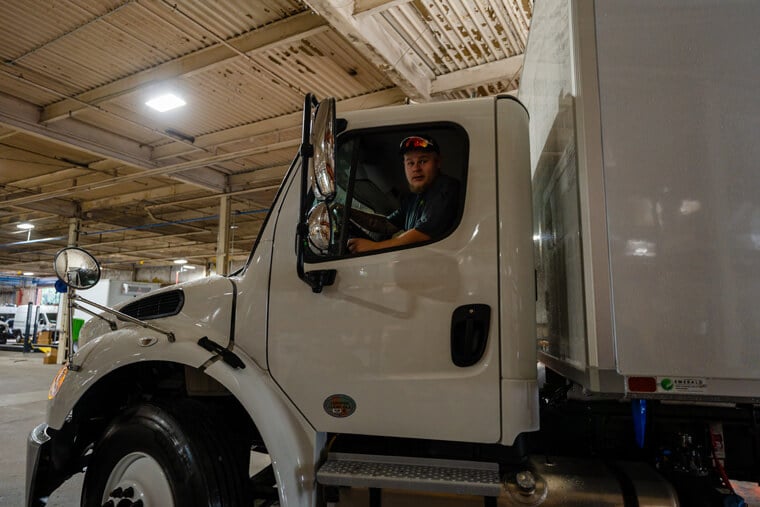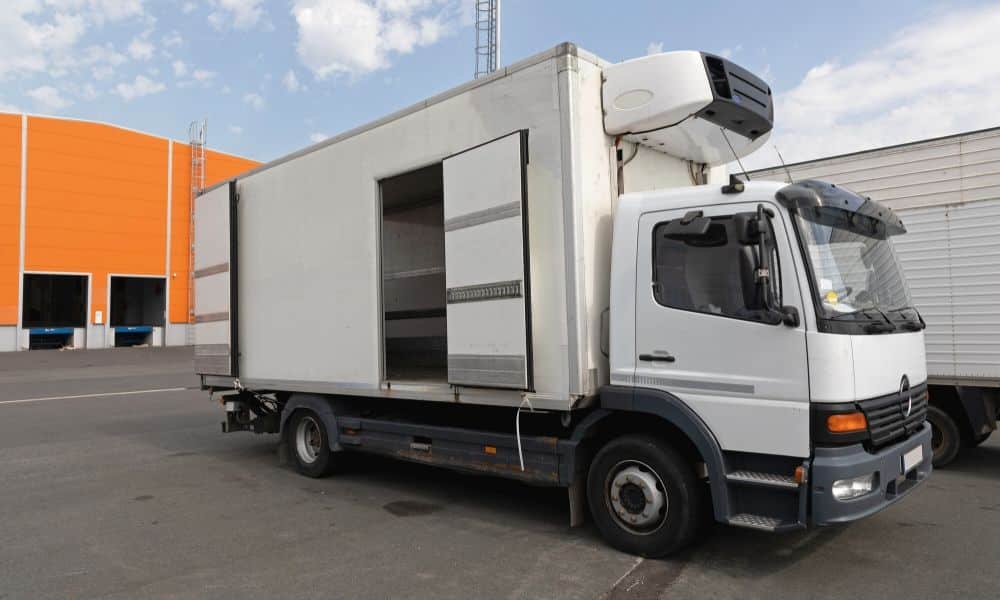
5 Reasons Your Business Needs a Refrigerated Van
Joe Dickman | September 16th, 2025
Several products today require precise temperature control throughout their cold chain journey. Floral arrangements, pharmaceuticals, food and beverage products, and more, benefit from delivery in refrigerated vehicles. That’s because ensuring the careful preservation of temperature-sensitive goods and products is crucial for both consumer health and satisfaction.
Between insulated vans and full-freezer ones, there are different types of refrigerated vans that can get the job done. But how do you know whether you should buy, rent, or trust a third-party to handle the logistics of your fleet operations? At Emerald Transportation Solutions, we believe that the best option is to buy. Here are five reasons why.
Control and Oversight
Recruiting an outside company to transport your products can feel like stepping off a ledge without knowing how far the fall will be. Though good transportation companies offer a transparent look into their operations and processes, you won’t know for sure what you’ll get when they take the reins on transporting your product.
Ultimately, hiring an outside company is an exercise in faith — faith that they’ll keep your food cooled according to FDA recommendations, faith that your deliveries will proceed smoothly, and faith that your client and end users will be happy. While a successful partnership will earn your trust over time, even one botched delivery can significantly tarnish your reputation.
For these reasons, you may consider establishing your own refrigerated fleet for perishable deliveries — particularly if you plan to expand your cold chain logistics in the long term. Likewise, using company-owned refrigerated vans also allows you to properly stow and cool your products for the entire trip to a client.
You can set your temperatures to match FDA standards for specific products, giving you peace of mind that you’re cooling your delivery appropriately.
Flexibility
Operating your own temperature-controlled vans affords you the flexibility to work according to your clients’ needs, routes, and temperature specifications without the limitations of a third party. The efficiency you gain is one reason your fleet needs cold-chain delivery vans.
By controlling logistical elements like delivery scheduling and loading practices, for example, you ensure that deliveries consistently arrive at your customers’ locations when they expect them — not based on a third-party’s scheduling. This further increases customer satisfaction.
Operating your own reefer van logistics also allows you to expand your delivery range and encourages supporting local businesses. It has been noted that customers typically choose between locally sourced goods, imported goods, or otherwise nonlocal goods at a chain grocery store.
By providing customers with broader access to products, you can connect with eager customers who want to support a local company. Not sure? Consider this stat: 93% of consumers prefer to shop at local small businesses, even if many still also frequent larger chain retailers.
It’s also helpful to take a step back and consider the full extent of the cold supply chain. Relevant products that businesses deliver include:
- Ice cream
- Floral arrangements
- Medications
- Donated blood
- Seafood
- Produce
- Alcohol
- Meat
- And many more
While you may specialize in one area, a refrigerated van provides the flexibility to transport a wide range of products, offering room for growth or adaptation as your business evolves in response to expansion or market changes.
Even within your specialty, using cold-chain delivery vans opens up delivery opportunities that you wouldn’t ordinarily think are possible. Products that were previously too risky to deliver — perhaps they require significant cooling or deteriorate quickly in heat — can now arrive at a customer’s door perfectly preserved.
Saves You Money
While refrigerated vehicles are generally beneficial, sometimes a reefer truck doesn’t quite fit your needs. Often, it’s simply too large and costly for your cargo size. While some companies require a larger refrigerated truck reserve capacity, there are several reasons your business might prefer a refrigerated van instead.
Refrigerated vans are great for delivering smaller orders rather than large-scale shipments. For example, at Emerald Transportation Solutions, we offer clients several compact vans perfect for the smallest loads, full-size vans with more space, mid- and high-roof vans for easier stowing, and even a VanMaxTM option: an ideal compromise between a truck and a van, allowing for a significant but intermediate storage space.
Read our guide to learn more about the differences between refrigerated trucks and vans.
Safer and Easier to Drive
Another advantage of temperature-controlled vans is that they are easier to maneuver compared to reefer trucks. More compact than a truck, a last-mile delivery van, for example, can reach where a truck can’t, often allowing you to deliver your product closer to a customer’s point of entry. This reduces the time your cool product spends in an unregulated, potentially hot environment.
Also, refrigerated vans are easier and safer for your staff to operate, particularly in urban environments. Since vans have a smaller turning radius, navigating city streets, parking lots, and delivery docks is safer and diminishes the risk of accidents or collisions. There’s also the added benefit of greater visibility, which is better than operating a reefer truck or trailer.
Another bonus of a cold-chain delivery van is its compact size, which makes it naturally more fuel-efficient than refrigerated trucks. If your business is smaller and doesn’t require the extra storage, consider refrigerated vans for a more sustainable and cost-effective transportation option.
Marketing Opportunities
Finally, although this is a peripheral reason to buy a reefer van, you can’t ignore the unique marketing opportunities that come with operating your own vehicles or fleet. Using your own branded van gives your business more external visibility, increasing potential customers’ awareness of your business. Over time, this has a positive overall effect on your business.
If you want to learn more about your van options, contact Emerald Transportation Solutions. We’re ready to find a vehicle that suits your specific business needs and provide high-quality commercial refrigerated vans.
And if you’re looking for more insights on how to buy a refrigerated vehicle for your business, take a look at our comprehensive guide to learn what you need to know.
Editor’s Note: This blog was originally published in June 2020 and has been updated for comprehensiveness in September 2025.
Related Articles
Contact Us
Feel Free To Contact Us If You Have Any Questions
What does under DOT mean?
Questions regarding DOT requirements come up often. 10,000 lbs GVW (gross vehicle weight) and over are commercial vehicles that fall under the Department of Transportation regulatory requirements.
What is the difference between GVW and payload?
GVW or Gross Vehicle Weight is the entire weight of the vehicle including the payload. The payload weight represents the amount of cargo you are hauling.
What is a self-powered unit and a vehicle-powered unit?
A self-powered unit has its own fuel source and will run independent of the truck. This is the heaviest and most expensive option. While vehicle-powered units run off the engine via a compressor mounted on the engine. These are less expensive and lighter in weight but you must run the truck or plug the electric standby into shore power.
What does K-factor mean and why is that important?
K-factor is a term that stands for the overall insulating value of the container (truck body). Quite simply the lower the K-factor the better the truck body will be able to maintain a given temperature and require less energy to do so.
How much lighter is a Poly Van vs a US spec body?
Poly Van bodies are very light. On average we estimate we are 75-150 lbs per foot lighter than a traditional sheet and post foamed in place body. These weight savings translates to less fuel burn and less CO2 emissions, along with added payload, the most important benefit.
